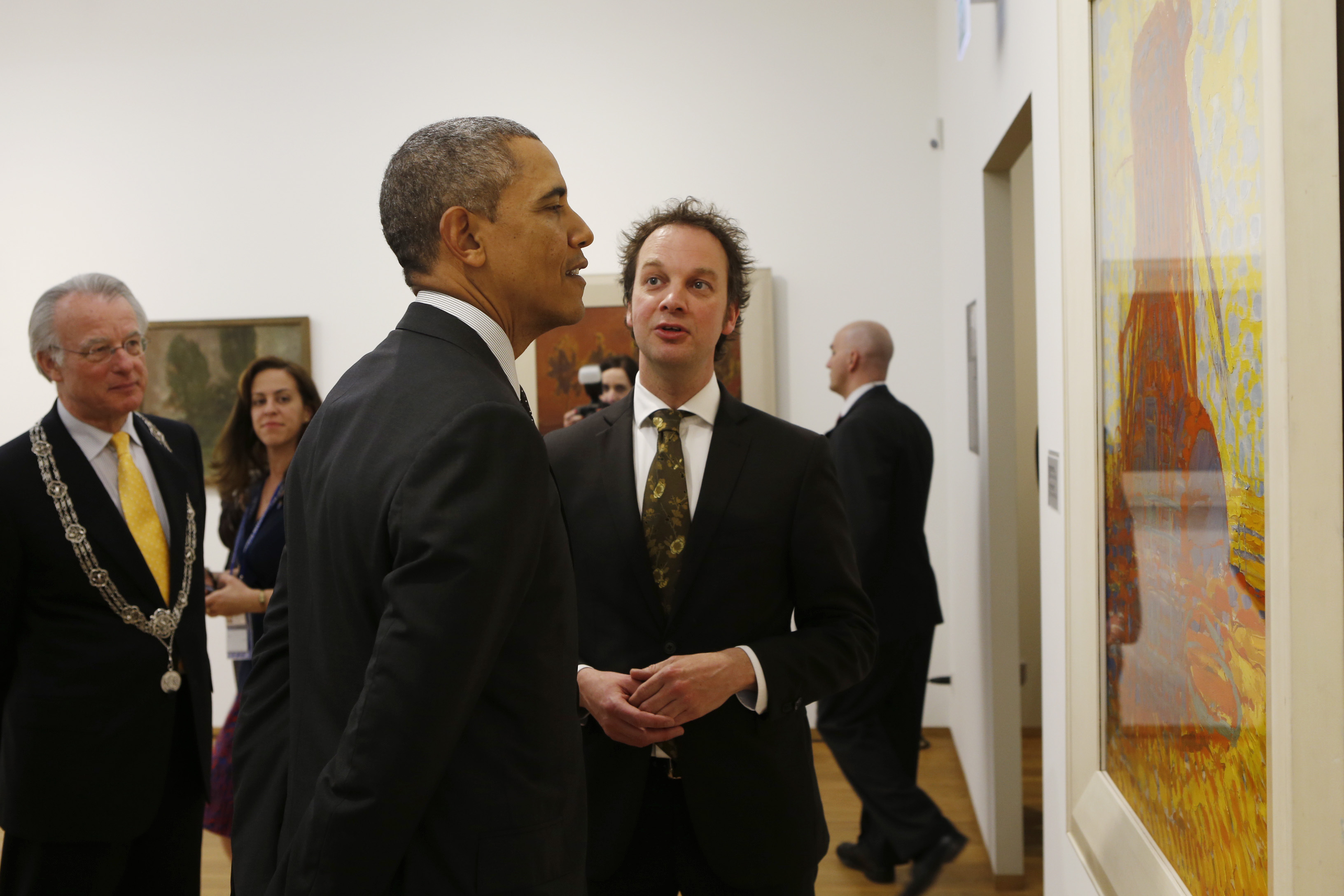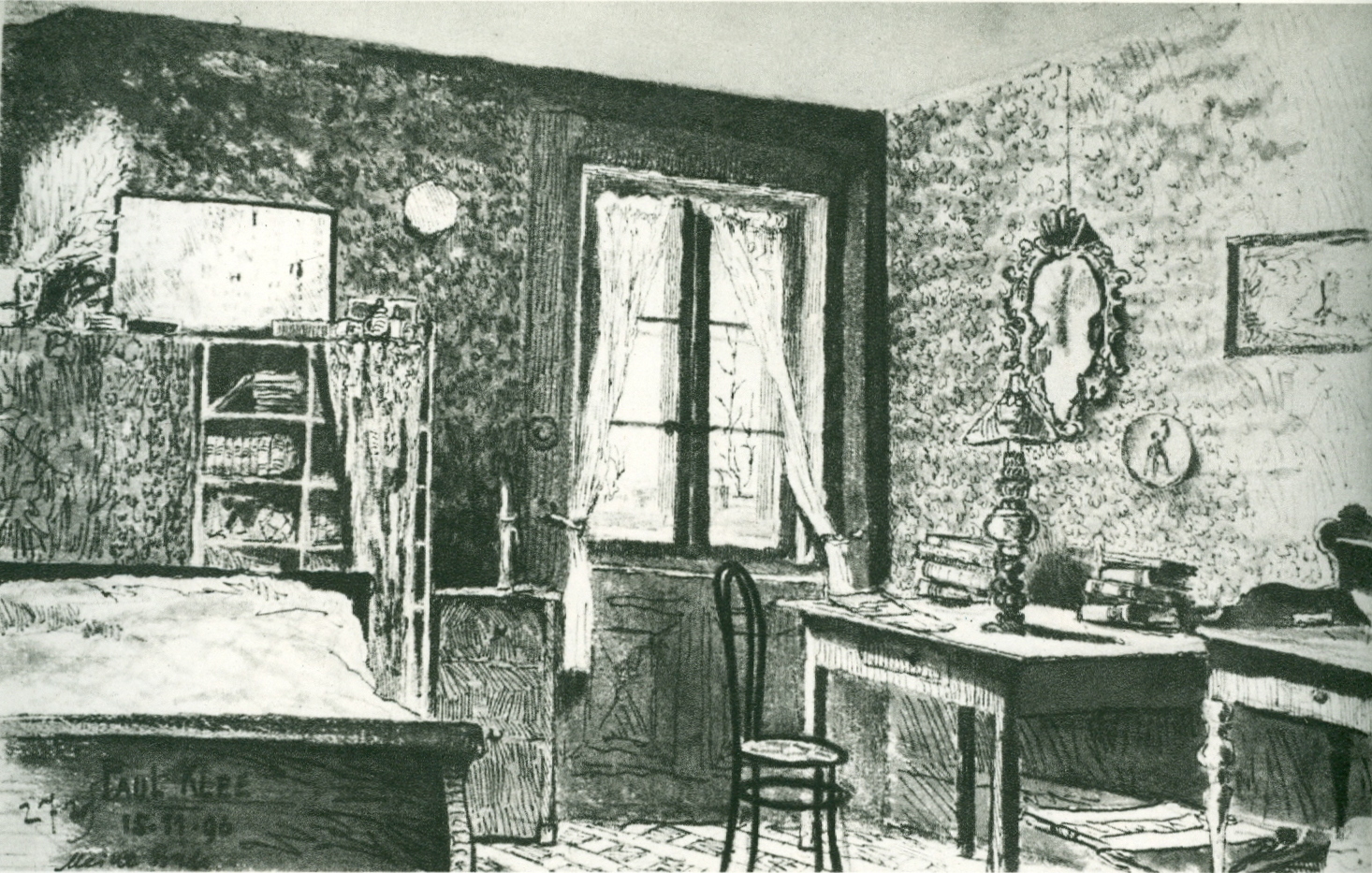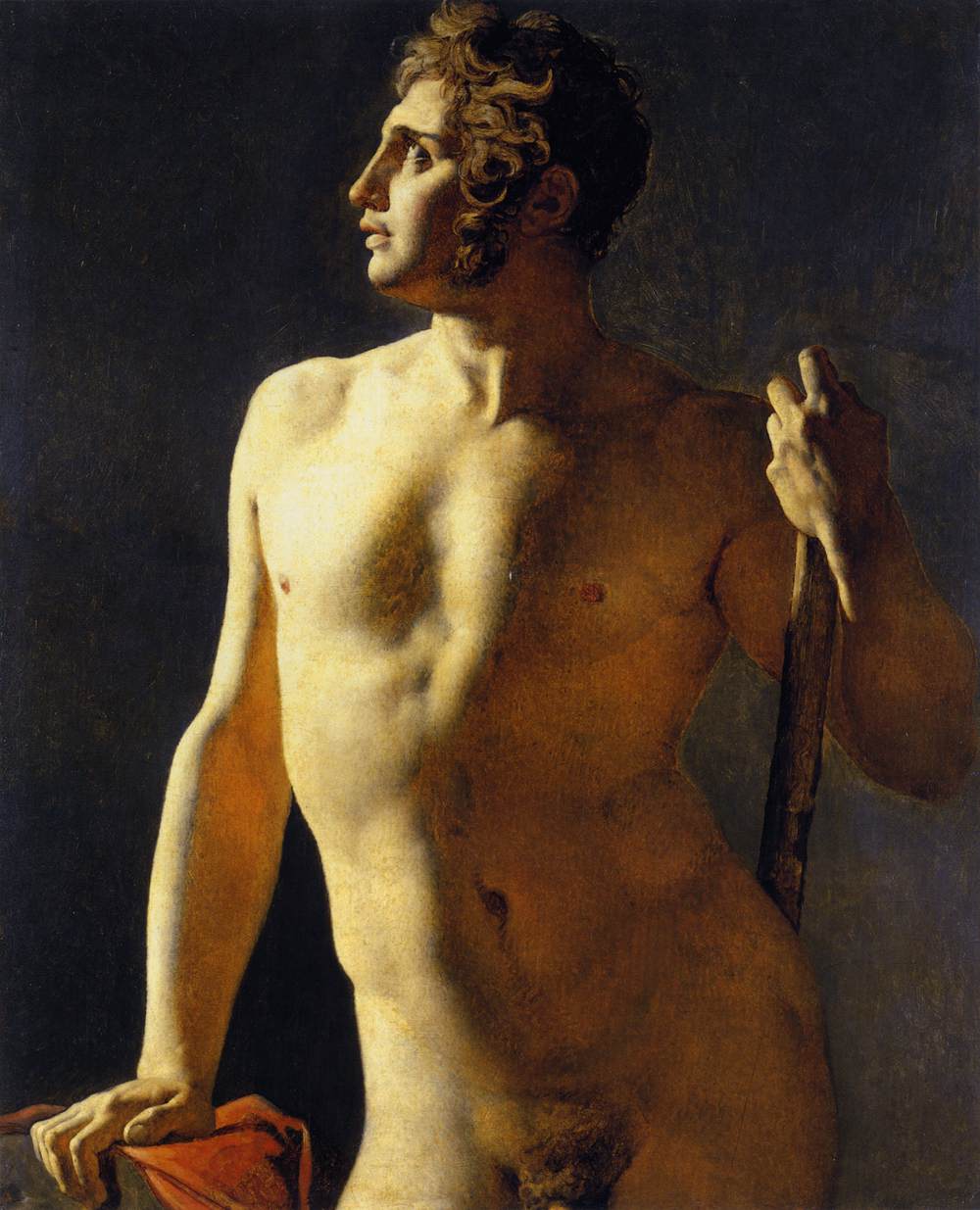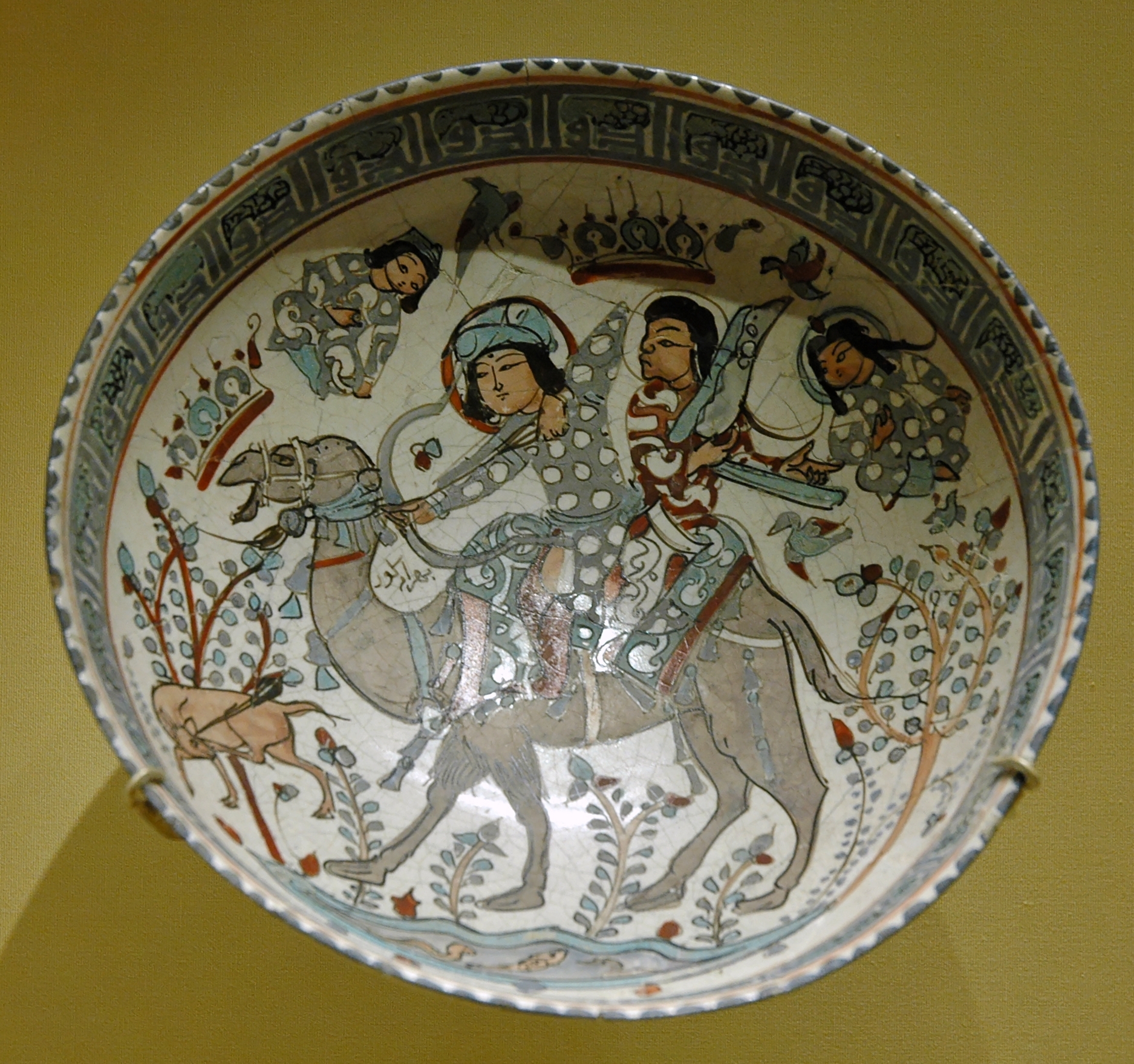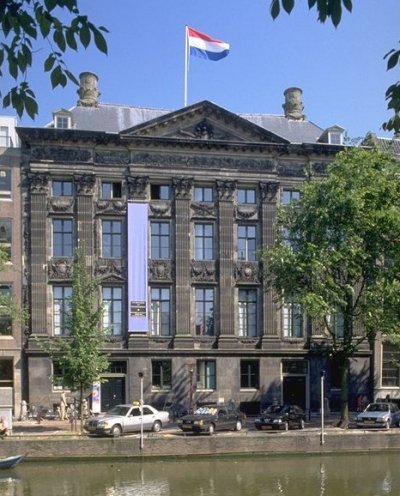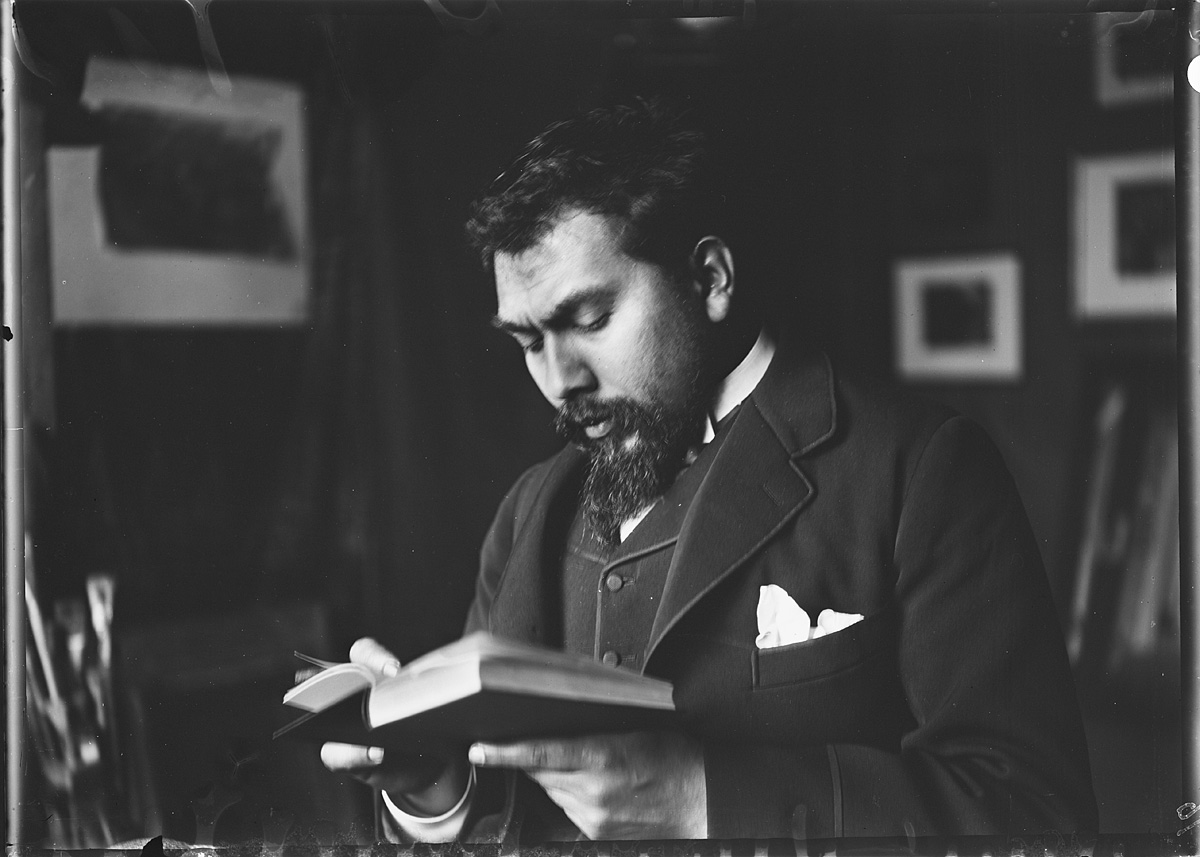|
Gemeentemuseum Den Haag
The Kunstmuseum Den Haag is an art museum in The Hague in the Netherlands, founded in 1866 as the Museum voor Moderne Kunst. Later, until 1998, it was known as Haags Gemeentemuseum, and until the end of September 2019 as Gemeentemuseum Den Haag. It has a collection of around 165,000 works, over many different forms of art. In particular, the Kunstmuseum is renowned for its large Piet Mondrian, Mondrian collection, the largest in the world. Mondrian's last work, ''Victory Boogie-Woogie'', is on display at the museum. The current museum building was constructed between 1931 and 1935, designed by the Dutch architect Hendrik Petrus Berlage, H.P. Berlage. The KM21 (museum for contemporary art) and Fotomuseum Den Haag (The Hague museum for photography) are part of the Kunstmuseum, though not housed in the same building and with a separate entrance fee. The new director Margriet Schavemaker started on 1 June 2024. She replaces Benno Tempel, who left as of 1 November 2023. Collection ... [...More Info...] [...Related Items...] OR: [Wikipedia] [Google] [Baidu] |
Hendrik Petrus Berlage
Hendrik Petrus Berlage (; 21 February 185612 August 1934) was a Dutch architect and designer. He is considered one of the fathers of the architecture of the Amsterdam School. Life and work Hendrik Petrus Berlage, son of Nicolaas Willem Berlage and Anna Catharina Bosscha, was born on 21 February 1856 in Amsterdam in the Netherlands. Anna Catharina Bosscha's uncle was Johannes Bosscha, a scientist who taught in Polytechnische School te Delft. Berlage studied architecture at the ETH Zurich, Zurich Institute of Technology between 1875 and 1878 after which he traveled extensively for three years through Europe. In the 1880s he formed a partnership in the Netherlands with Theodore Sanders which produced a mixture of practical and utopian projects. A published author, Berlage held memberships in various architectural societies including Congrès International d'Architecture Moderne, CIAM I. Berlage was influenced by the Neo-Romanesque brickwork architecture of Henry Hobson Richar ... [...More Info...] [...Related Items...] OR: [Wikipedia] [Google] [Baidu] |
Henri Le Fauconnier
Henri Victor Gabriel Le Fauconnier (; July 5, 1881 – December 25, 1946) was a French Cubist painter born in Hesdin. Le Fauconnier was seen as one of the leading figures among the Montparnasse Cubists. At the 1911 Salon des Indépendants Le Fauconnier and colleagues Jean Metzinger, Albert Gleizes, Fernand Léger and Robert Delaunay caused a scandal with their Cubist paintings. He was in contacts with many European avant-garde artists such as Wassily Kandinsky, writing a theoretical text for the catalogue of the Neue Künstlervereinigung in Munich, of which he became a member. His paintings were exhibited in Moscow reproduced as examples of the latest art in '' Der Blaue Reiter Almanach'' (''The Blue Rider Almanac''). Career In 1901 Henri Le Fauconnier moved from northern France to Paris, where he studied law, then attended painting classes in the studio of Jean-Paul Laurens, then in the Academie Julian. He changed his name from Fauconnier to ''Le'' Fauconnier and exhibi ... [...More Info...] [...Related Items...] OR: [Wikipedia] [Google] [Baidu] |
Paul Klee
Paul Klee (; 18 December 1879 – 29 June 1940) was a Swiss-born German artist. His highly individual style was influenced by movements in art that included expressionism, cubism, and surrealism. Klee was a natural draftsman who experimented with and eventually deeply explored color theory, writing about it extensively; his lectures ''Writings on Form and Design Theory'' (''Schriften zur Form und Gestaltungslehre''), published in English as the ''Paul Klee Notebooks'', are held to be as important for modern art as Leonardo da Vinci's ''A Treatise on Painting'' was for the Renaissance. He and his colleague, Russian painter Wassily Kandinsky, both taught at the Bauhaus school of art, design and architecture in Germany. His works reflect his dry humor and his sometimes childlike perspective, his personal moods and beliefs, and his musicality. Early life and training Paul Klee was born in Münchenbuchsee, Switzerland, as the second child of German music teacher Hans Wilhelm Klee ... [...More Info...] [...Related Items...] OR: [Wikipedia] [Google] [Baidu] |
Ingres
Jean-Auguste-Dominique Ingres ( ; ; 29 August 1780 – 14 January 1867) was a French Neoclassicism, Neoclassical Painting, painter. Ingres was profoundly influenced by past artistic traditions and aspired to become the guardian of academic orthodoxy against the ascendant Romanticism (art), Romantic style. Although he considered himself a History painting, painter of history in the tradition of Nicolas Poussin and Jacques-Louis David, it is his portraits, both painted and drawn, that are recognized as his greatest legacy. His expressive distortions of form and space made him an important precursor of modern art, influencing Henri Matisse, Pablo Picasso, and other modernists. Born into a modest family in Montauban, he travelled to Paris to study in the studio of Jacques-Louis David, David. In 1802 he made his Paris Salon, Salon debut, and won the for his painting ''The Ambassadors of Agamemnon in the tent of Achilles''. By the time he departed in 1806 for his residency in Ro ... [...More Info...] [...Related Items...] OR: [Wikipedia] [Google] [Baidu] |
Rodolphe Bresdin
Rodolphe Bresdin was a French draughtsman and engraver, born in Le Fresne-sur-Loire on 12 August 1822, who died in Sèvres on 11 January 1885. Work His fantastic works, full of strange details, particularly attracted Charles Baudelaire, Théophile Gautier, Joris-Karl Huysmans, Robert de Montesquiou and André Breton. Odilon Redon was his pupil. Bresdin influenced contemporary artists like Jacques Moreau, George Rubel, Jean-Pierre Velly, and Philippe Mohlitz. Bresdin's life story and his art are both extraordinary and fascinating. He was one of the finest and most original exponents of the art of print-making in the nineteenth century and his name ranks alongside those of Whistler, Doré and Meryon in achievement and influence. Huysmans described in his beautifully written, arresting novel ''À rebours'' ('Against Nature', alternative translation, 'Against the Grain') how his aesthete hero, Des Esseintes, 'in search of the rarest perfumes of visual splendours', has just savour ... [...More Info...] [...Related Items...] OR: [Wikipedia] [Google] [Baidu] |
Co Westerik
Jacobus "Co" Westerik (2 March 1924 – 10 September 2018) was a Dutch visual artist. Life and work Born in The Hague on 2 March 1924, Westerik received his education at the Royal Academy of Art, The Hague from 1942 to 1947. After his graduation he made a study trip to the United States in 1948. After his return to the Netherlands, he settled as an independent artist in The Hague. With the artists Herman Berserik, Jan van Heel, Willem Hussem and Jaap Nanninga he participated in the Verve group,Co Westerik; male / Netherlandish; watercolorist, etcher, photographer, gouache painter, ceramicist, lithographer, painter, draftsman, wall painter, serigrapher, academy lecturer at rkd.nl, 2015 ... [...More Info...] [...Related Items...] OR: [Wikipedia] [Google] [Baidu] |
Persian Pottery
Persian pottery or Iranian pottery is the pottery made by the artists of Persia (Iran) and its history goes back to early Neolithic Age (7th millennium BCE). Agriculture gave rise to the baking of clay, and the making of utensils by the people of Iran. Through the centuries, Persian potters have responded to the demands and changes brought by political turmoil by adopting and refining newly introduced forms and blending them into their own culture. This innovative attitude has survived through time and influenced many other cultures around the world. There were two types of earthenware that were prevalent in Iran around 4,000 BC: red and black ceramics that were simplistic in their decorative style. As the art expanded, earthenware incorporated geometric designs which resulted in a more developed decorative style. This increasingly complex style was accompanied by the creation of a wider variety of the kinds of pottery that were made. In the prehistoric period, the productio ... [...More Info...] [...Related Items...] OR: [Wikipedia] [Google] [Baidu] |
Dutch Golden Age
The Dutch Golden Age ( ) was a period in the history of the Netherlands which roughly lasted from 1588, when the Dutch Republic was established, to 1672, when the '' Rampjaar'' occurred. During this period, Dutch trade, scientific developments, art and overseas colonisation was among the most prominent in Europe. The first half of the period spanned from the beginning of the Eighty Years' War until its conclusion in 1648, with the second half lasting until the outbreak of the Franco-Dutch War. During the period, Dutch colonialists, many of them affiliated with the East India Company and West India Company, established trading posts and colonies in the Americas, Southern Africa and Asia, protected by the powerful Dutch States Navy. The Dutch also dominated the triangular trade and Atlantic slave trade during this period. Dutch culture flourished during this period as well. However, by the end of the 17th century, conflicts with neighbouring powers as well as declining eco ... [...More Info...] [...Related Items...] OR: [Wikipedia] [Google] [Baidu] |
Jan Toorop
Johannes Theodorus "Jan" TooropJan Toorop Netherlands Institute for Art History, 2014. Retrieved on 18 February 2015. (20 December 1858 – 3 March 1928) was a Dutch painter who worked in various styles, including Symbolism (arts), Symbolism, Art Nouveau, and Pointillism. His early work was influenced by the Amsterdam Impressionism movement. Biography Johannes Theodorus Toorop was born on 20 December 1858 in Purworejo Regency, Purworejo on the island of Java (island), Java in the Dutch East Indies (present-day Indonesia). His father was Christoffel Theodorus Toorop, a civil servant, and his mother was Maria Magdalena Cooke. B. H. Spaanstra-Polak[...More Info...] [...Related Items...] OR: [Wikipedia] [Google] [Baidu] |
Charley Toorop
Annie Caroline Pontifex Fernhout-Toorop (24 March 18915 November 1955), known as Charley Toorop (), was a Dutch painter and lithographer. Life Charley Toorop was born in Katwijk. She was the daughter of Jan Toorop and Annie Hall. She married the philosopher Henk Fernhout in May 1912, but they divorced in 1917. Her son Edgar Fernhout (1912–1974) also became a painter. Her other son, (1913–1987), became a filmmaker, and often worked together with Joris Ivens. As a filmmaker he sometimes used the name John Ferno. Charley's daughter in law was the well-known Jewish photographer Eva Besnyö (1910–2003), who married John in 1933. In the on-line biography of the Dutch poet Hendrik Marsman on the website of the Charley Toorop is mentioned as one of the women who had a relationship with Marsman before he married in 1929 his wife Rien Barendregt. Work Charley Toorop became a member of the group of artists called ''Het Signaal'' (The Signal) in 1916. The group aimed at depictin ... [...More Info...] [...Related Items...] OR: [Wikipedia] [Google] [Baidu] |
Piet Mondriaan
Pieter Cornelis Mondriaan (; 7 March 1872 – 1 February 1944), known after 1911 as Piet Mondrian (, , ), was a Dutch Painting, painter and Theory of art, art theoretician who is regarded as one of the greatest artists of the 20th century. He was one of the pioneers of 20th-century abstract art, as he changed his artistic direction from figurative painting to an increasingly abstract style, until he reached a point where his artistic vocabulary was reduced to simple geometric elements. Mondrian's art was highly utopian and was concerned with a search for universal values and aesthetics. He proclaimed in 1914: "Art is higher than reality and has no direct relation to reality. To approach the Spirituality, spiritual in art, one will make as little use as possible of reality, because reality is opposed to the spiritual. We find ourselves in the presence of an abstract art. Art should be above reality, otherwise it would have no value for man." He was a contributor to the ''De Stij ... [...More Info...] [...Related Items...] OR: [Wikipedia] [Google] [Baidu] |
Pyke Koch
Pieter Frans Christiaan Koch, better known as Pyke Koch (July 15, 1901October 27, 1991), was a Dutch artist who painted in a magic realist manner. Pyke Koch and the painter Carel Willink are considered to be the foremost representatives in the Netherlands of Magic Realism, a style of painting in which the scenes depicted seem realistic yet uncanny or unlikely. His paintings show many details. Some art historians, notably Carel Blotkamp, have suggested that these details may contain hidden messages and references to his personal life.Meijer, Annelys and Carel Blotkamp. Pyke Koch. Paris: Institut Néerlandais, 1982. The work does contain many references to earlier periods in the history of art. He was very much inspired by painters of the Italian quattrocento, most notably the work of Piero della Francesca. Biography Early life Pyke Koch was born in Beek, a small village near Nijmegen in the Netherlands. He was the only son of the local doctor P.F.C. Koch; he had three el ... [...More Info...] [...Related Items...] OR: [Wikipedia] [Google] [Baidu] |
